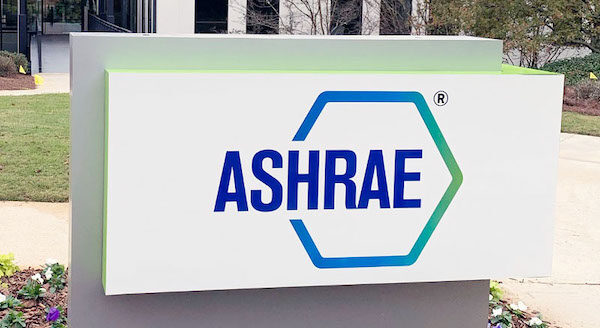[ad_1]

ASHRAE released a position document on building decarbonization and its role on mitigating the negative carbon impact of buildings on the environment.
“ASHRAE Position Document on Building Decarbonization” presents the Society’s positions and recommendations for achieving a reduction in emissions through the renovation of existing building stock and improvements to new building designs.
“Building decarbonization encompasses a building’s entire life cycle, including building design, construction, operation, occupancy and end of life,” said 2022-23 ASHRAE President Farooq Mehboob, Fellow ASHRAE. “ASHRAE is leading the charge in accelerating the mitigation of carbon resulting from energy use in the built environment by providing this roadmap to further our Society’s mission of a healthy and sustainable built environment for all.”
ASHRAE’s position is that decarbonization of buildings and its systems must be based on a holistic analysis including healthy, safe, and comfortable environments, energy efficiency, environmental impacts, sustainability, operational security, and economics.
By 2030, the global built environment must at least halve its 2015 greenhouse gas (GHG) emissions, whereby:
• all new buildings are net-zero GHG emissions in operation,
• widespread energy efficiency retrofit of existing assets are well underway, and
• embodied carbon of new construction is reduced by at least 40 percent.
Additional positions and recommendations include the following:
• Increasing stringency and enforcement of energy codes are critical for decarbonization.
• Whole Building Life Cycle Assessment must be considered in future building codes to reduce embodied and operational GHG emissions related to buildings and their HVAC&R systems.
• Building Performance Standards (BPS) should be considered as a policy tool for existing building decarbonization.
• Decarbonization policies must contemplate and mitigate impacts on disadvantaged communities and less-developed nations.
• Building decarbonization strategies and policies must consider healthy, safe, and comfortable environments; environmental and social impacts; sustainability; resilience; and economics.
• Promote research and development of heat pump technology.
• Support the development, update, and adoption of relevant standards and guidelines that facilitate the whole life reduction of GHG emissions from new and existing buildings.
• Encourage greater collaboration and the development of standards and guidelines among the energy, transportation and building sectors to improve secure building-grid integration, data communication, and optimization of energy performance (generation, use and storage).
• Work in partnership with industry to increase the capacity and opportunities for a skilled workforce supporting building decarbonization.
View the complete position document at ashrae.org/decarb.
Click here for more facility management news about Building Decarbonization.
[ad_2]
Source link
